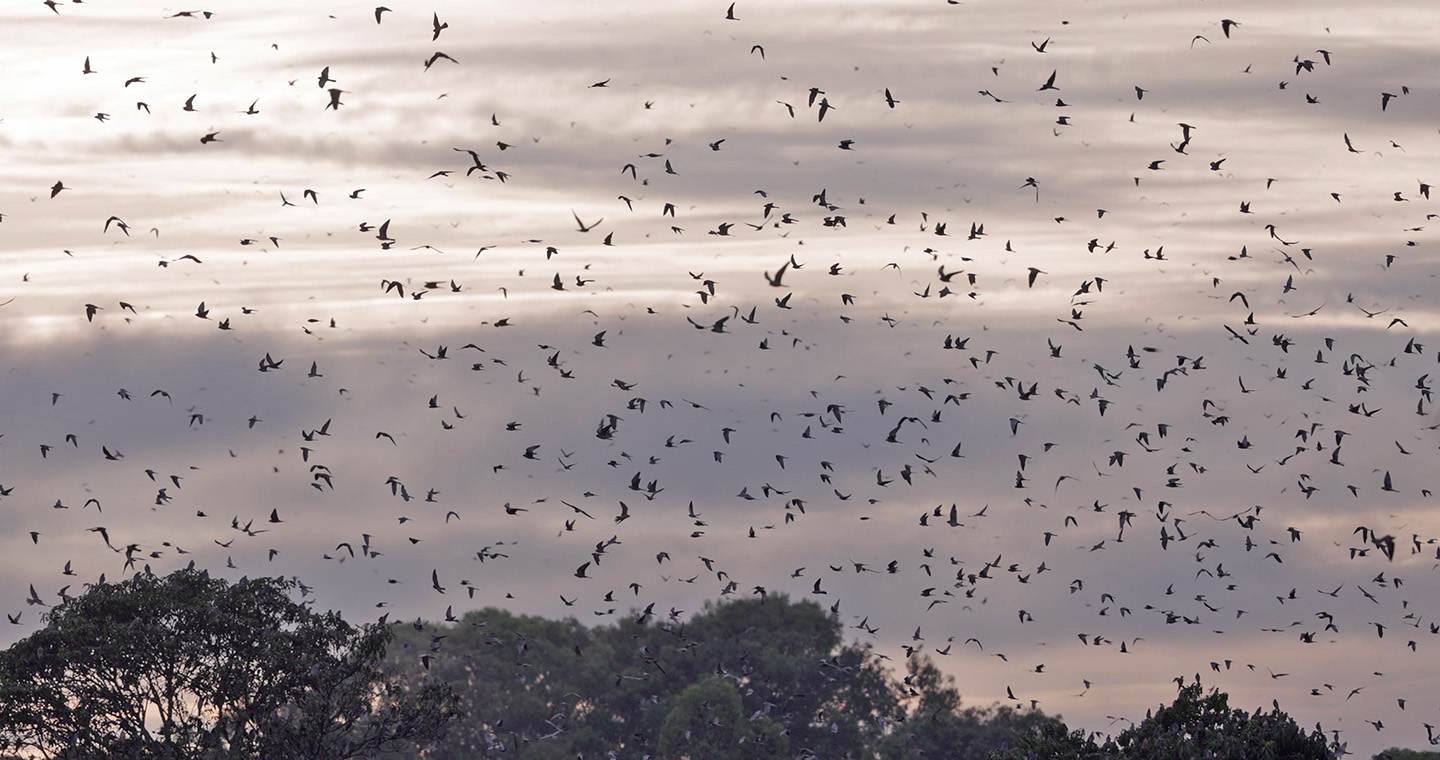The
Incredible
FLYING SKILLS
The Red-footed Falcon breeds in the Palearctic lowlands from Hungary eastward to Kazakhstan. In September fledged youngs and adults first move to the West of Ural Mountains and form large communal roosts during the nights. Flocks in some years invade the Northern Plain of Europe (Poland, Germany), but highest concentration of birds is usually North of the Black Sea.
In the last weeks of September, Red-footed falcons depart from Europe to the southern parts of Africa, some deployed with tiny satellite transmitters to track their long journey.
Plain of Europe (Poland, Germany), but highest concentration of birds is usually North of the Black Sea.
Last weeks of September when the massive southward migration starts, Red-footed Falcons fly across the Mediterranean and the Sahara using NE trade winds.
Experienced adults are able to cross the Mediterranean and the Sahara in one non-stop 5-day flight.
Deployed with tiny satellite transmitters, experienced adults could make this crossing in one non-stop 5 days long flight. The Sahel region refueling can take from some days to weeks, but finally the birds overtake the Congo Basin and the 8500 kms journey ends in Angola. First arrivals can make this distance in an incredible 16 days.
After a short rest, the falcons then cross the Congo Basin and finally end their 8500 km long journey in Angola. First arriving individuals cover this incredible distance in as little as 16 days.
Satellite telemetry helped researchers to shape the migratory behavior of the falcons. Data showed that flocks move extensively throughout the Okavango Basin and the Kaukveld from October to February. Falcons search for the insect outbreaks formed after the rain fronts, but finally they form the largest communal roost in Angola.
During wintering, flocks roam the Okavango Basin in search for the insect outbreaks – flying even more than during migration.
FALCOPOLIS is the place where they prepare for their return to the Eurasian breeding grounds.
A heaven for falcons and researchers alike.
Even getting there was a challenge, taking nearly 10 years to organize the expedition to meet face-to-face with almost every Red-footed Falcon in the world.
Estimating the number of roosting birds is impossible with traditional methods. Thousands of falcons mess around in each flock, others are already sitting on the trees or just arrive later in the dark. Researchers started to develop state-of-the art methods to estimate the birds participating in this chaotic and cathartic theater based on video recordings and photos.
Red-footed falcons from every European meta-population are proven to roost in FALCOPOLIS each March. Researchers believe the number of birds might be up to 1M. methods to estimate the birds participating in this chaotic and cathartic theater based on video recordings and photos.
Red-footed falcons from every European meta-population are proven to roost in FALCOPOLIS each March. Researchers believe the number of birds might be up to 1 million.
However, counting these vast numbers of roosting birds is challenging.
HOW MANY BIRDS ARE ON THIS PICTURE?

Looks easy, even with visual counting…

The AI found 724 Red-footed Falcons in this image, but there is still room for improvement. Distant and shaded birds or overlapping individuals still affects the outcome significantly. This is only a minor flock of the resident birds, recording videos or taking pictures representatively is the major challenge to count hundreds of thousands or even a million falcons of FALCOPOLIS.
The AI found 724 Red-footed Falcons in this image, but there is still room for improvement. Distant and shaded birds or overlapping individuals still affect the accuracy.
Thousands of falcons mess around in each flock, others are already sitting on the trees or just arrive later in the dark. Capturing representative images and videos is the major challenge in documenting the spectacle in FALCOPOLIS.
During a research expedition in 2023, Hungarian researchers captured and equipped 40 Red-footed Falcons with GPS transmitters to study their foraging behavior.
ICARUS GPS devices collected data from the birds’ localisations every two hours.
Falcons leave Falcopolis with the first thermals at dawn searching for swarming termites and literally stuff themselves to the bone with them.
The measurements proved that the average body weight of Falcons increases by 20-30% compared to the breeding season. The reserve based on the abundant termite food supply in Angola allows birds’ to successfully return to their breeding grounds in the northern hemisphere.
During wintering, the average body weight of the birds increases by 20-30% compared to the breeding season.
The researchers used a ground-based antenna system of Max Planck Institute for Ornithology to download data from the transmitters of the Red-footed falcons returning to the roost. Birds hunt in a 100 km radius, following a different route every day.
Downloaded data from the transmitters showed that falcons hunt in a 100 km radius, following a different route every day.
The fat reserve allows them to successfully return to their breeding grounds in the northern hemisphere.
© 2019-2024. FALCOPOLIS Hungary-Angola. All Rights Reserved.
